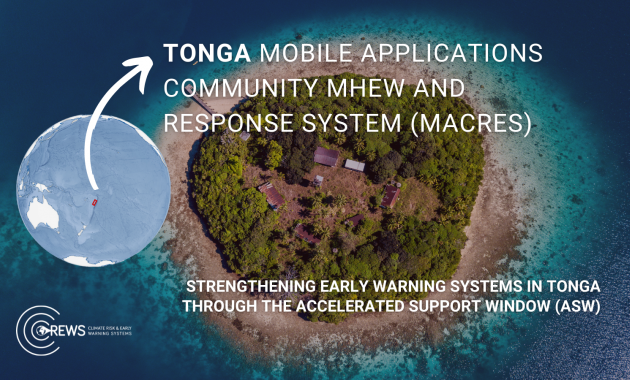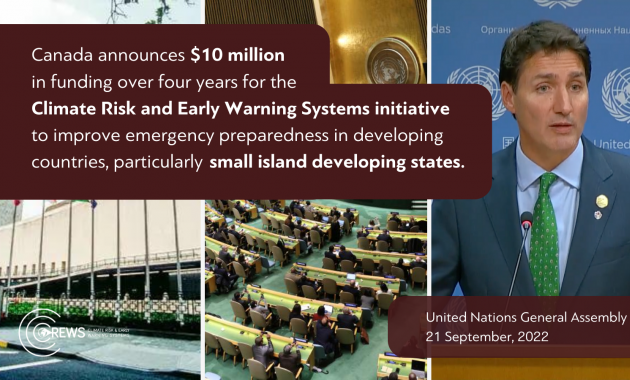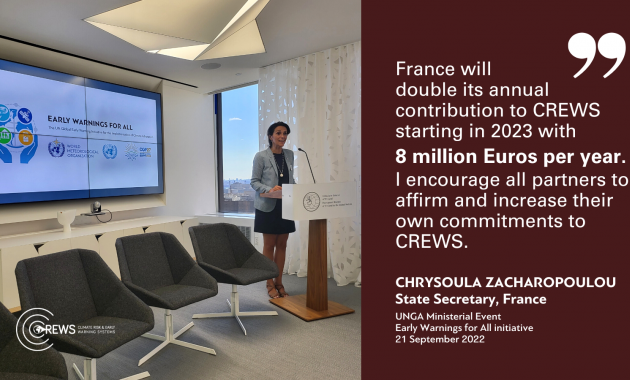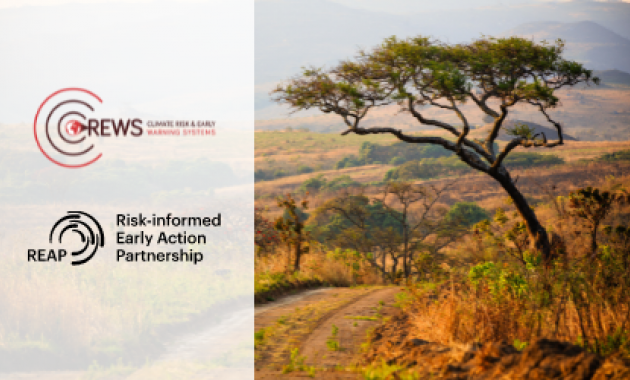An early to average onset, a late to average cessation, shorter dry spells at the beginning of the season and average dry spells towards the end of the season, and globally average to above-average flows are expected, according to the seasonal outlook issued by the regional climate outlook forum known as PRESASS. Given that the risk of flooding is high, the forum issued recommendations to mitigate risks to people, animals, crops and goods.
In view of the COVID-19 pandemic, PRESASS 2020 was organized online by the AGRHYMET Regional Center, the African Center of Meteorological Applications for Development (ACMAD), the National Meteorological and Hydrological Services (NMHSs) of West African countries and Chad, the Basin Organizations, and with the collaboration of the World Meteorological Organization (WMO). The forum (20 – 24 April) was attended by ECOWAS representatives, technical and financial partners, disaster risk reduction agencies and farmer organizations.
Given the overall wet situation expected for the 2020 rainy season and the ongoing locust crisis in Eastern Africa and the Horn of Africa, it is very likely that there will be an incursion of desert locust swarms due to the early onset of the rainy season in the Sahelian band.
Combined with the situation related to the COVID19 pandemic, this risk of desert locust invasion could increase the risk of food insecurity for millions of people in the Sahel and West Africa.
WMO is actively working on a number of initiatives to strengthen disaster risk reduction and improve climate services in the Sahel region. WMO has a West Africa project funded by the Climate Risk and Early Warning System (CREWS) to strengthen institutional support to develop a seamless approach for warnings related to severe weather, floods and climate.
This support comes through enhanced forecasting and warning advisory capacities, flood forecasting and drought monitoring, climate data management systems and cataloguing of climate extremes, as well sub-seasonal forecasting (with applications for both flooding and drought.
The region covered by PRESASS typically covers the area between the Sahara desert in the north and the tropical Atlantic coast to the south. The regional climate is dominated by the West African monsoon during the rainy season typically occurring during northern hemisphere summer (from July to September).
Further details of regional climate outlook fora are available here









